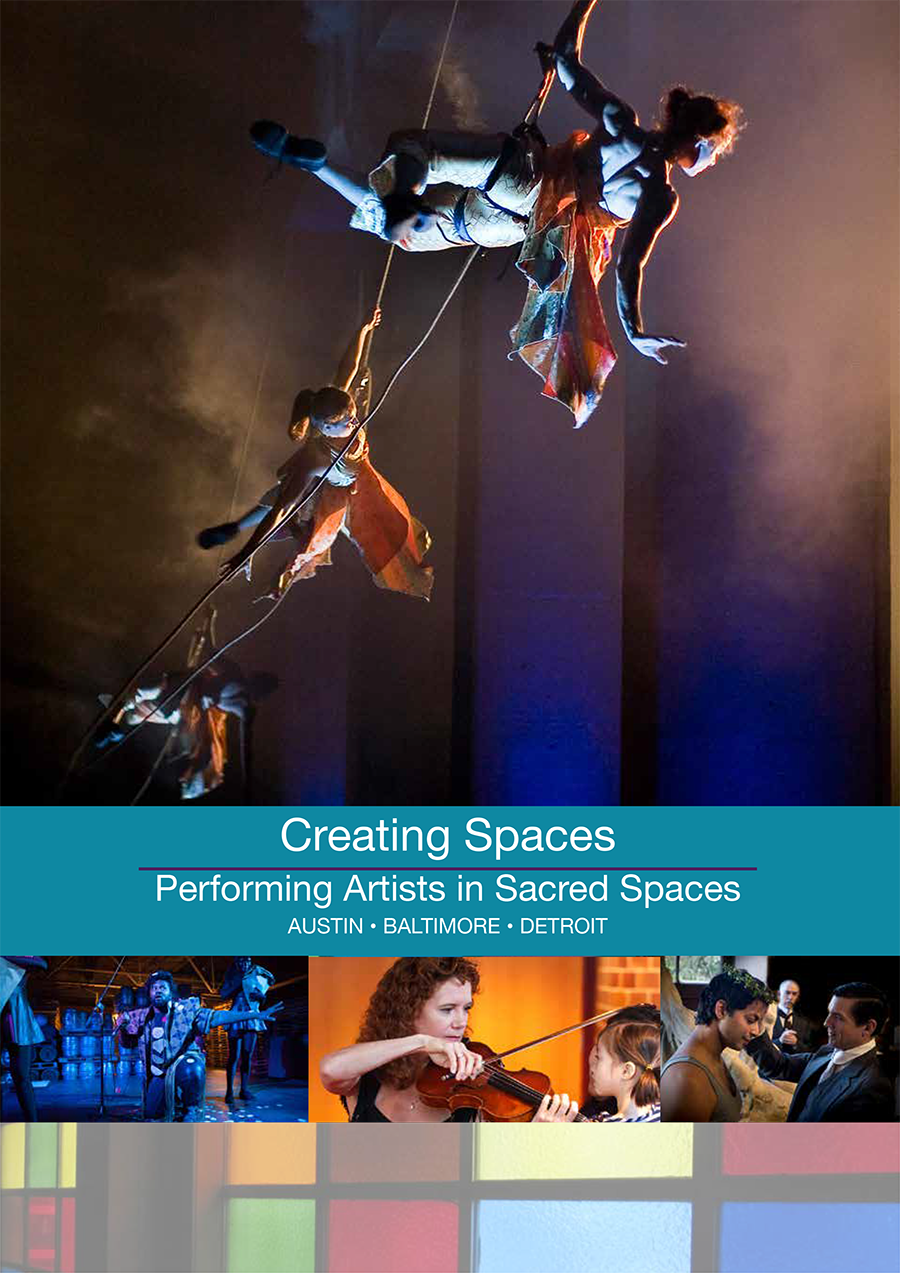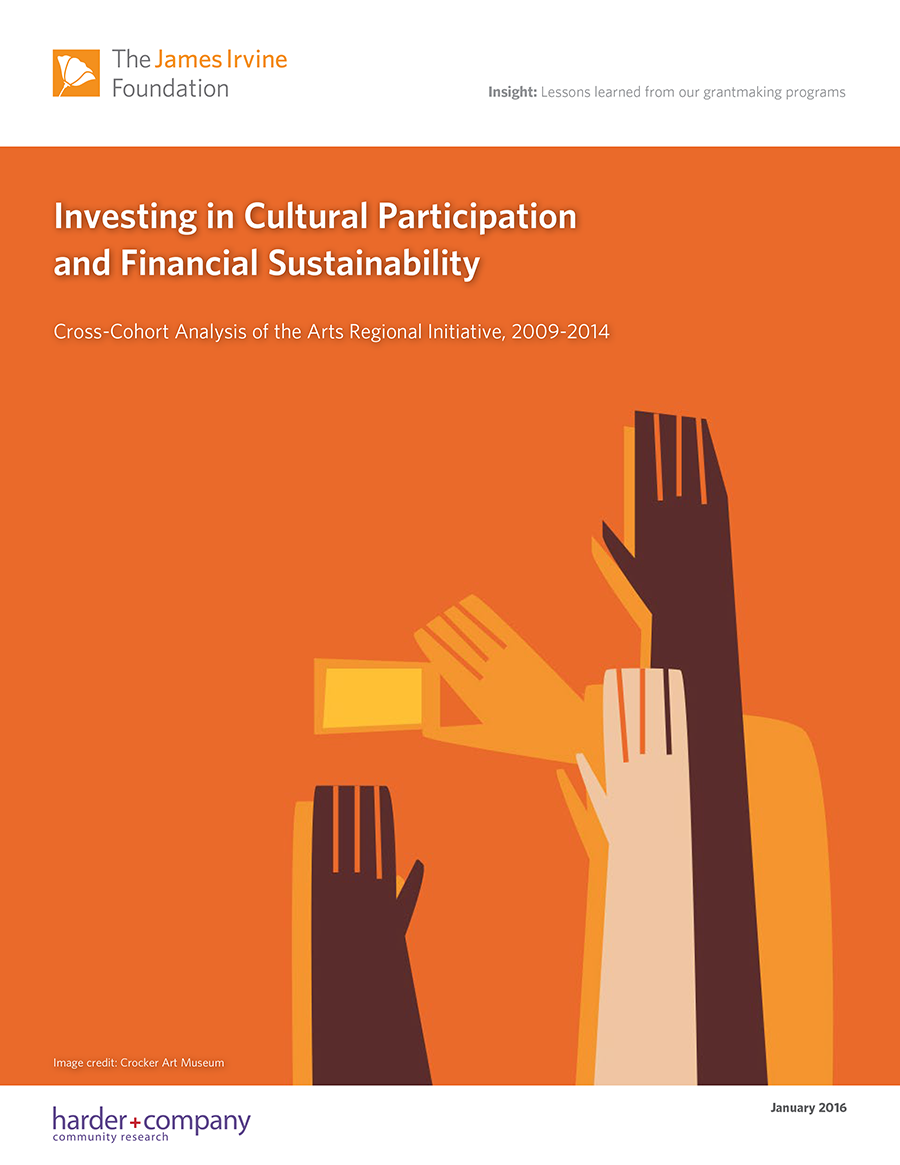The Association of Performing Arts Presenters (APAP) have named MK Wegmann with the Fan Taylor Distinguished Service Award for exemplary service to the field of professional presenting. The award was presented on January 18 at the APAP|NYC Conference. Wegmann is President & CEO of National Performance Network, a position she has held for 15 years, but announced last fall that she will retire in the summer of 2016.
Steve's Blog
With Boston’s Mayor having just announced new funding for the city’s arts community, a new report commissioned by The Boston Foundation and prepared by the consulting and research firm TDC examines the current state of Boston’s arts community in places it in the context of 10 other cities. “How Boston and Other American Cities Support and Sustain the Arts” finds that Boston had a very broad and deep arts community for a region of its size.
From Malcom Gay at The Boston Globe:
In December 2015, the website Cuban Art News interviewed Ben Rodríguez-Cubeñas co-founder and board chair of the Cuban Artists Fund, as well as director of the Culpeper Arts and Culture program at the Rockefeller Brothers Fund about Cuban art and culture, US philanthropy in Cuba, and how Cuba-facing organizations are evolving in response to the changing sociopolitical landscape.
In Introducing Community Innovation Labs, an article from the latest issue of GIA Reader, Richard Evans and Karina Mangu-Ward from EmcArts describe a new approach to harvesting the power of the arts to unlock complex problems at the community level.
By Megan O’Neil, writing for The Chronicle of Philanthropy:
The Arts Education Funders Coalition (AEFC), supported by Grantmakers in the Arts, worked over the past 3 years to ensure that arts education was preserved and enhanced within the Elementary and Secondary Education Act (ESEA). ESEA is the federal law that provides over $20 billion in funding to states, school districts, and schools to improve academic achievement and improve teacher and principal training and quality. This undertaking by the AEFC paid off when Congress recently passed, and the President signed into law, the Every Student Succeeds Act (ESSA), which reauthorizes ESEA, replacing No Child Left Behind.
Partners for Sacred Places, a national nonprofit organization founded in 1989, has released Creating Spaces: Performing Artists in Sacred Spaces, a report of findings from the Three-City Arts Study that facilitates long-term, mutually beneficial space-sharing relationships between arts organizations — with inadequate or no home space — and houses of worship with space to share. The findings from each of the three cities (Austin, Baltimore, and Detroit) establish a significant amount of available space, the desire of sacred spaces to serve as a broader community asset, and their minimal concerns about artistic content and control. The findings of this study demonstrate a range of issues, challenges, and opportunities facing performing artists and clearly establish that these artists:
- overwhelmingly see a need for more performance, rehearsal, and administrative spaces;
- see a home space as critical to artistic development and community engagement; and
- feel that a historic sacred space could enhance the experience of their work.
In a new "DataBrief" from Indiana University's Strategic National Arts Alumni Project (SNAAP), career outcomes for first-generation artists are examined to find out if they have success finding employment that is in line with their counterparts and if that employment is arts-related. This is a follow-up to SNAAP's previous examination of the challenges arts alumni face depending on whether their parents or close family members have already navigated a career in the arts.
Ted Russell, Senior Program Officer at The James Irvine Foundation, has announced the release of a new report, Investing in Cultural Participation and Financial Sustainability, that evaluates the work from the Arts Regional Initiative:



